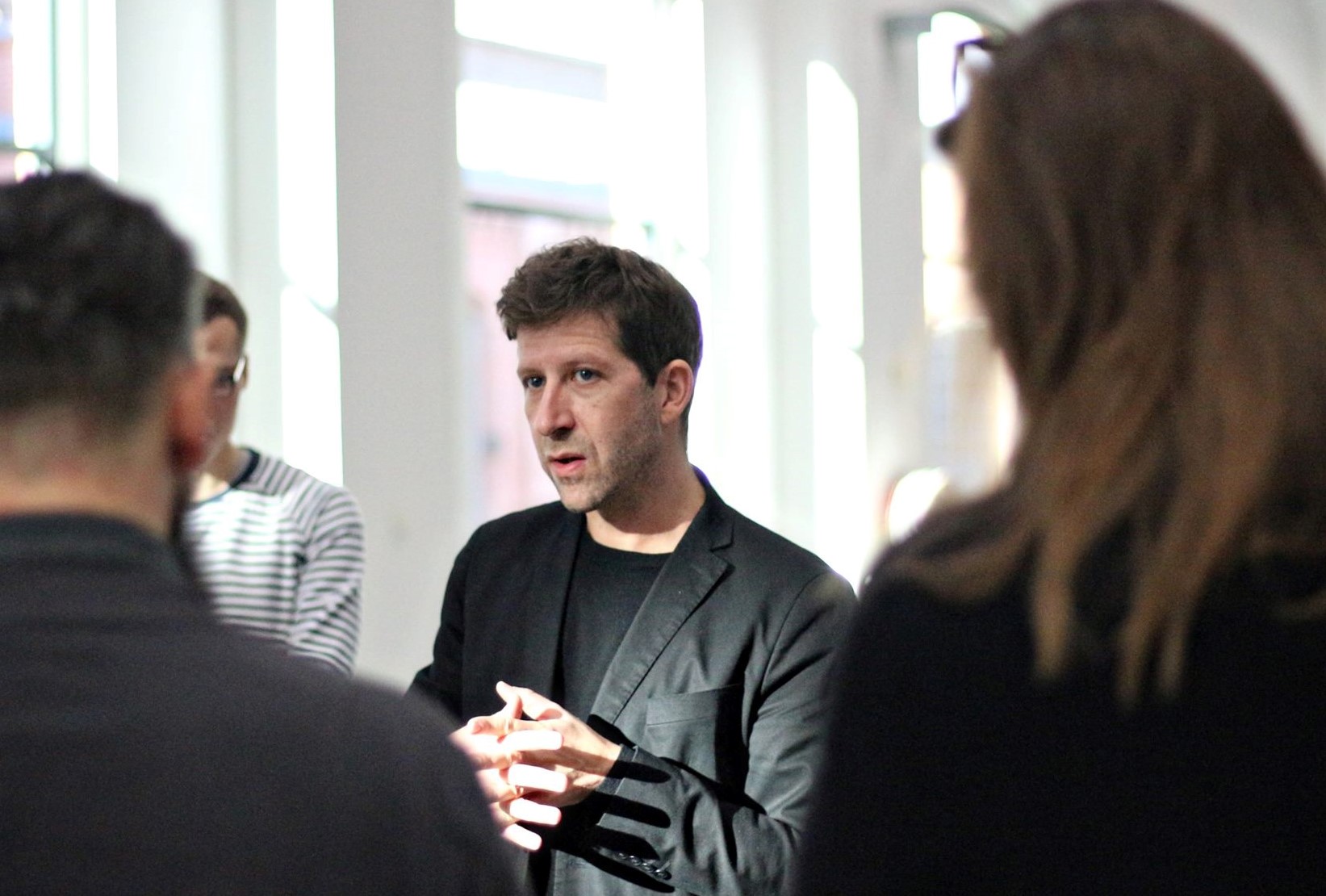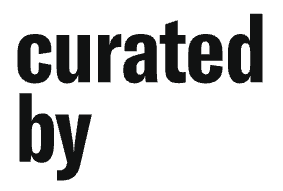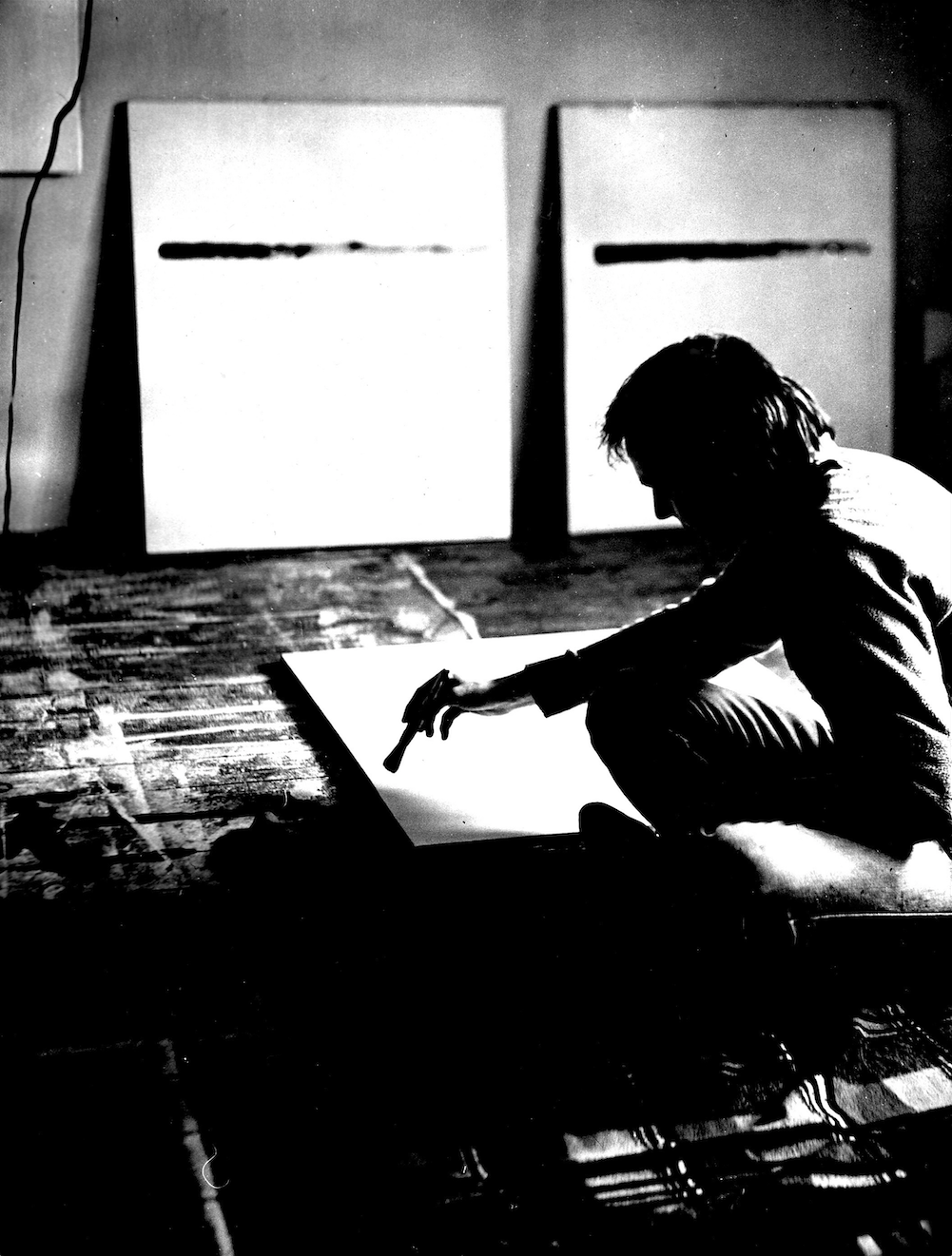silvia steinek galerie curated by Vít Havránek
„Remembering as Therapy“

www.galerie.steinek.at
Curator(s):

Vít Havránek is interested in post-war neo-avant-garde art, realisms, decolonization and enjoys doing field research on contemporary art. He has curated and co-authored a number of large and small exhibitions such as biennial Matter of Art Prague, U3 Triennial MG Ljubljana, Jakarta Biennial, Manifesta 8, Report … at New Museum New York, Monument to Transformation at Montehermoso San Sebastian, Steirischer Herbst, GHMP, Muzeum Sztuki Lodz and others. Together with artists and authors he edited a series of publications in JRP Ringier; his texts were published in books and catalogues of Centre Pompidou, Sternberg Presses; MoMA and others. In the past, he led the contemporary art initiative tranzit.cz, and since 2019 he has been the Vice-Rector of the Academy of Fine Arts in Prague.

Artist(s):
-
Iza Pavlina More*1953 in Slovenia Lives and works in Ljubljana
-
Marián Palla More*1953 in Czech Republic Lives and works closed to Brno
-
Babi Badalov More*1959 in Azerbaijan Lives and works in Paris since 2011
-
Barbora Kleinhamplová More*1984 in Czech Republic Lives and works in Prag
Exhibition text
More
Was it the difficult-to-bear images of the Russian war in Ukraine that evoked a memory from the early 2000s when Westerners for the last time were able to understand the differences of the East with curiosity?
Today, we remember eastern differences not for reasons of national, ideological, community-based, or any other sentimentality, but as therapy in a traumatic situation. Memories of being understood produce a sedative effect in the patient and return to him an entire sphere that is once again labelled felt and thought material for imagining the future. It is a process that relates to individuals, groups of individuals, and society.
Many artists or historians might question whether it is real understanding that this remembering returns to. If we consider Lacan’s statement regarding the nature of truthful statements in the process of psychoanalysis, then the current moment is not so much about the level of realness on which that earlier understanding was based, but relates much more to a reorganization of that understanding so that it may meet the necessities to come.
Some of the works at this exhibition combine the present with a far more distant past than the decades covered by the memories of even the oldest living organisms. Marián Palla confronts painting with human prehistory (“that age of innocence”), with cave prints and iconic depictions of reality. He paints using clay. His programmatic “naivization” of conceptual art endeavors for ideas born of the urban environment of intellectual centers in New York and London to not remain accessible only to the satoris of selected cultural elites, but for them to arouse viewers’ curiosity regardless of age or origin. Babi Badalov has traversed a cross of cultural, linguistic, political, and gender identities from Azar, Persian, Iranian, Soviet, Russian, and Western settings, and this mix also characterizes his work. The strokes that form a word in his drawings lose their artistic form and are transformed into undulating lines. Words are transformed into ornaments, periodically repeated at certain frequencies. And vice versa, a bubbling cauldron of ornaments and signs forms a point “before interpretation.” It is from this perspective that the viewer must read the tangle of manifestos, assonances, dissonances, and phrases describing the conditions of “bare life” – not just of the people suffering in Ukraine, but of everyone in a world divided by cultural differences.
The works by the next two artists guide the viewer towards the therapeutic aspect of a story lacking any readable signs of the East. Iza Pavlina’s interventions on the most popular online porn sites (PornHub.com, Xhamster.com) make seductive use of the mimicry of a young female idol satisfying male sexual desires fixated on fetishes such as mud, excrement, rubber, harnesses, cuffs, and so on. They are a perfect aesthetic game, since they never cross the boundaries of the vulgar and keep the viewer in constant tension as to when he will finally see exposed sexual characteristics. As shown by the comments and number of views (more than one million) this game of controlling the desire of porn viewers has been uncommonly successful and goes far beyond the internet. Pavlina has re-coded a tool for objectifying and commodifying the female body into a tool for controlling the porn consumer while offering a reversal of power roles.
Ever since their creation, Barbora Kleinhamplová’s silicon hands (Problems Solved, 2017) – which according to the artist refer to the difficult conditions of the world of manual labor – have taken on an increasingly broader range of meanings. The fatigue, sleep disorders, traumas, and anxieties of precarious professions are spreading under hidden codes (and sometimes with an optimistic design) throughout all of society to such a clear extent that they cannot avoid philosophical observation (Byung-Chul Han, The Burnout Society). And yet, with just a few exceptions, it remains a taboo subject for the mainstream media and politicians. Hands – those generators of caressing and touching, those factories of care – are engaged in a fierce struggle with the force of gravity, which here stands for the invisible “hand of the market.” The precise and site-specific arrangement of objects during the exhibition’s installation at Galerie Steinek was done with the goal of offering a report on the current impact of traumatic weight on the muscles we need to function.




